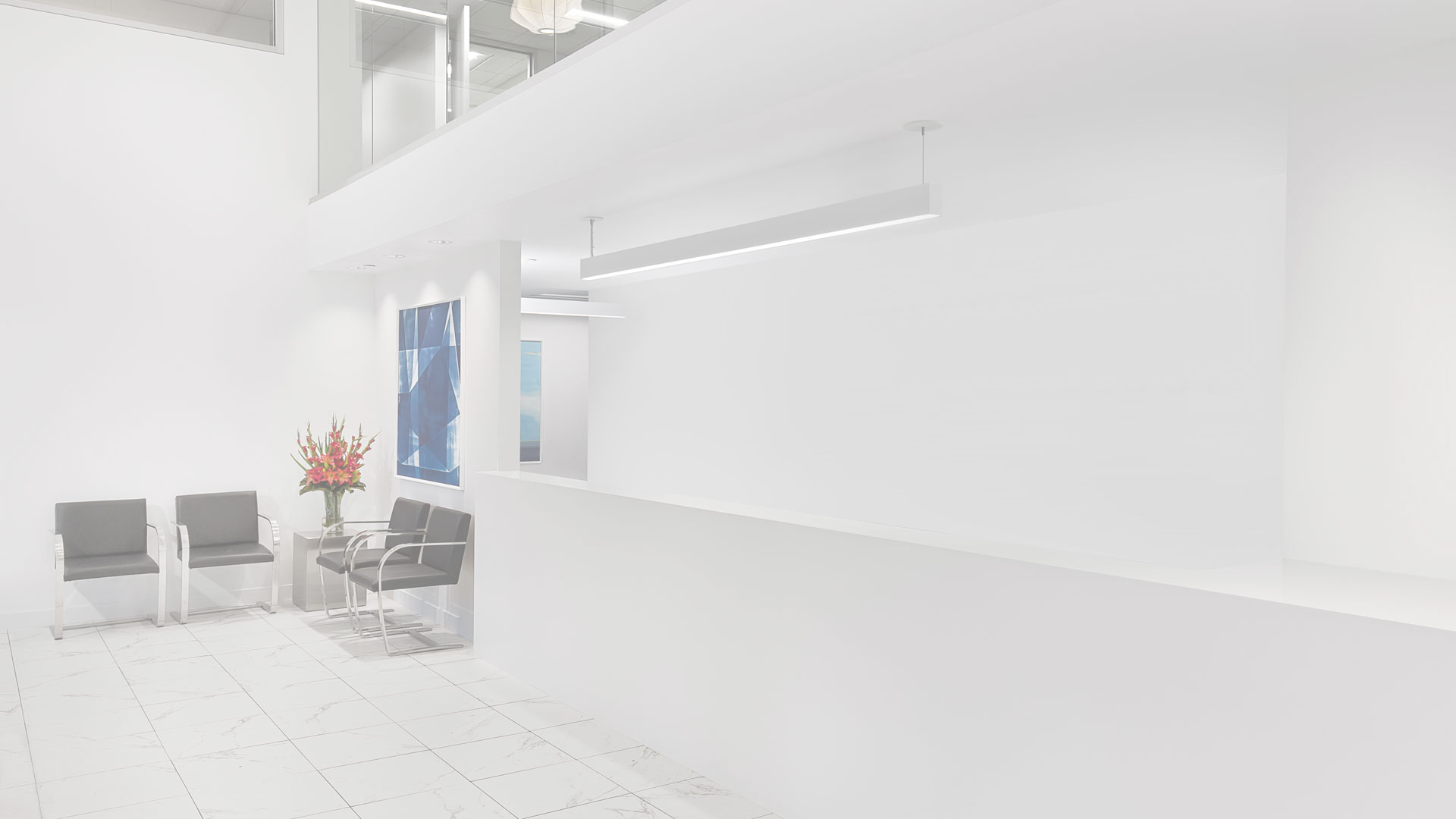
How to Fix Your Patchy Beard
by Matt Berical for Fatherly
Is your facial hair patchier than the plot of ‘Inception’? Here’s how to fix the problem and enjoy full, glorious fuzz.
For many, growing a beard is one of the ultimate badges of manhood. Or at least knowing you can grow one. Ever since puberty hit, beard growth was a given. And who doesn’t imagine cultivating a big, bushy Chris-Evans-In-Infinity–Wars cheek carpet just because? But then the day comes when, for reasons of warmth, style, or sheer laziness, you try to grow one and your cheeks and chin are patchier than the plot of Inception. What gives?
Don’t let your follicularly blessed brothers intimidate you: Despite what the few bare areas across your face lead you to believe, you too can grow a full beard. It just requires a little strategy in the lifestyle and grooming departments. To help you benefit, we asked two people well versed in the ways of facial hair — one a dermatologist, the other a barber — to set you up for hirsute success.
How A Dermatologist Says To Fix Your Patchy Beard
To stimulate hair growth, Carly Roman, a dermatologist at Modern Dermatology in Seattle, foremost prescribes a healthy diet and active lifestyle. Such things as staying hydrated, sleeping eight hours, and eating lots of proteins and vitamins will ensure that every part of your body (beard hairs included) receive the nutrients they need. This will help your circulation and cellular regeneration to work as efficiently as possible. So, it’s a must to make those changes before anything else. Just remember, however, that you aren’t going to sprout new hairs; you’re fortifying the ones you have.
There are other supplements you can add to your diet, however, to help speed things along. Many guys take a standard 2.5 mg of Biotin to stimulate hair growth, and Roman says you can up this to 5 mg per day, too. It’s part of the vitamin B family and also stimulates nail growth, as well as strengthening the keratins in the skin. Be sure to stay fully hydrated while ingesting Biotin, though. Many people experience breakouts if they don’t properly flush the excess with water.
One supplement that her clients have had success with is the Viviscal hair growth program. “It’s a supplement that has shown to increase the amount of hairs and thickness of each individual hair on the scalp, but has also been shown to improve overall hair appearance elsewhere,” she says. The supplement includes fish proteins, numerous B and C vitamins, as well as zinc and flaxseed. Any supplement like this will take a couple months for effects to fully display, Roman notes. Plus, you’ll need to keep taking the supplement in order to retain its benefits.
As for the well-balanced diet, Roman encourages one rich in iron, with foods like spinach and red meat.
How a Barber Says to Fix Your Patchy Beard
Since you can’t make hairs grow magically where they refuse, you have to work with what you’ve got. Fred Holmes, master barber at Otis & Finn in Queens, NY has one piece of advice: Own it.
What he means is you can fill in any patches by having longer hairs nearby that can then be coached and styled overtop some of the bare spots. While you won’t resemble a member of ZZ Top anytime soon, you’ll still learn that a fuller-looking facial hair is achievable with patience … and the right grooming products.
Holmes also stresses that you need to keep the beard looking natural and neat so that it all looks intentional.
“Clean up the neck and cheek lines by not cutting too much into the beard, as the goal is to keep as much hair as possible while growing it,” he says. “When getting your beard trimmed, we recommend that you get it done professionally by someone who uses scissors, or if using clippers, only runs the clippers with the grain of the hair. Do not go against the hair growth unless it’s under the chin. When trimming against the grain you cut the hairs that are behaving that you otherwise want to keep in your facial hair. The goal when trimming the beard is to target the wild hairs and bring them back into shape.” Holmes repeats that you shouldn’t use an electronic trimmer until the beard is fully in place. Stick with scissors along the way, only trimming egregious flyaways to help everything retain desired shape.
To help control your longer beard hairs (and to nourish them while they grow), Holmes suggests a regular deployment of beard oil, balm, or wax, in increasing order of hold.
Oil: An oil is good for standard beard conditioning, which will relax the hairs and give you more control over them. It will also help stubborn hairs stay in place, helping to cover any patchiness.
Balm: “Beard balm will tame the unruly hairs between beard shapings, as well as give you a little hold if you’re trying to sweep over some patchiness,” he says.
Wax: For more unruly hairs and higher hold, Holmes recommends a mustache wax.“Our clients like to use it to give a little shape to their beard, too,” he says. Waxes, he adds, should be applied lightly, to avoid excess shine and rigidity.
Well, there you have it. May these tips make your facial hair appear fuller and more majestic than ever.
Read Original Article
